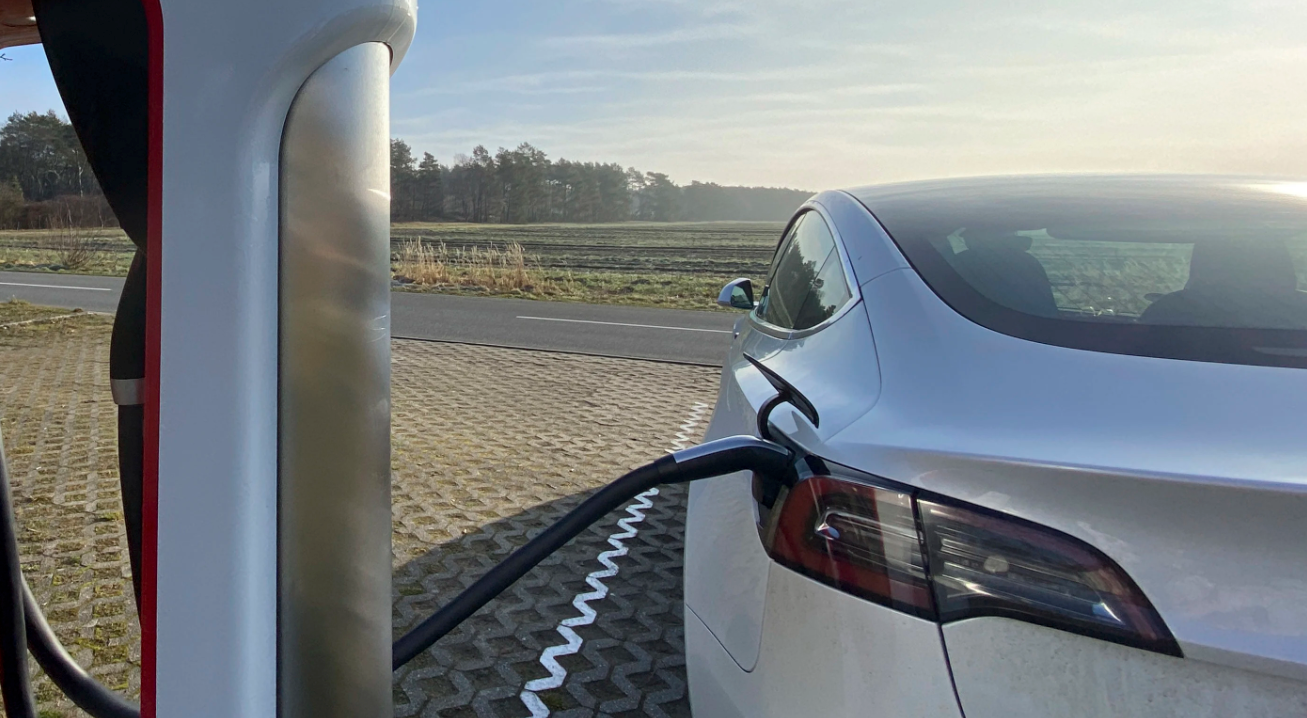Hitting the Books: How Tesla engineers solved the problem of exploding EV batteries

Because you can’t sell cars that have a 1 in 150 chance of randomly going boom.
Between CEO Elon Musk’s often erratic antics, strident competition from existing industry titans, and a public that is still not fully sold on the idea of traveling via electrical charge, Tesla’s road to prominence has not been a smooth one. But facing a federal investigation into its driver assist systems, is far from the biggest roadblock the company has navigated. As journalist Tim Higgins explains in his new book, Power Play, back in the early aughts, Tesla’s engineering team had to overcome an even tougher challenge: keeping the first iterations of its EVs from randomly exploding.
A panicked letter from LG Chem arrived at Tesla with a dire demand: Return its batteries.
Just as Tesla was proving it could craft a lithium-ion battery pack on its own, the battery industry was grappling with the danger that cells posed when they were handled incorrectly. AC Propulsion had learned this the hard way months earlier, in one of an increasing number of incidents that sent shudders through the battery industry. En route from Los Angeles to Paris, a shipment of AC Propulsion’s batteries caught fire as it was being loaded onto a FedEx airplane while it refueled in Memphis, triggering an investigation by the National Transportation Safety Board and prompting concerns about how to transport batteries in the future. Personal electronics companies, such as Apple Inc., were recalling devices with lithium-ion batteries out of concern they could overheat and catch fire. In 2004 and 2005, Apple recalled more than 150,000 laptops — with batteries made by LG Chem.